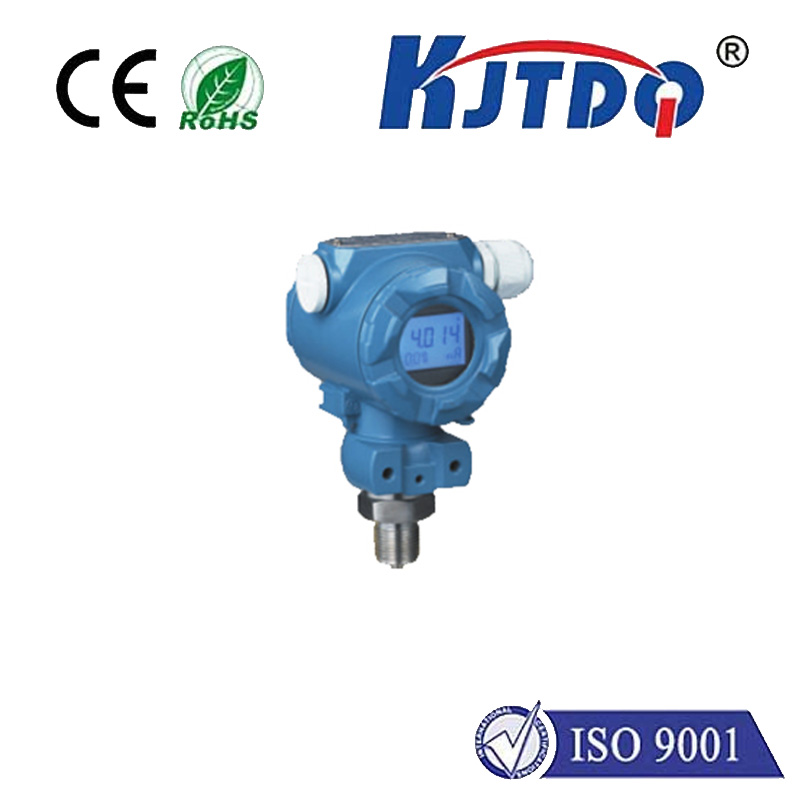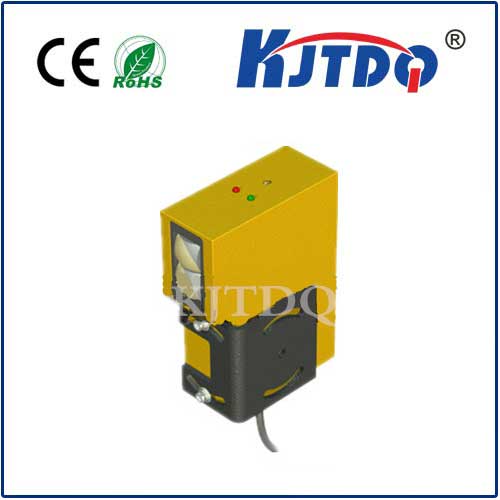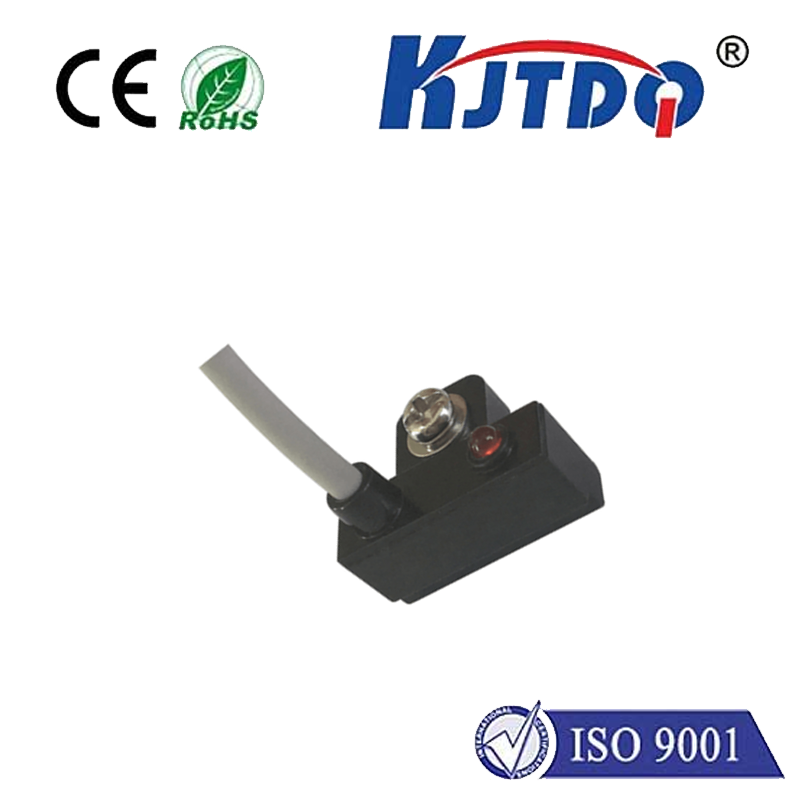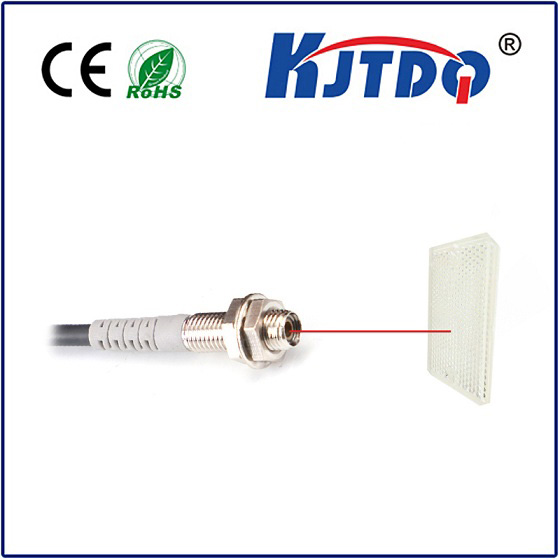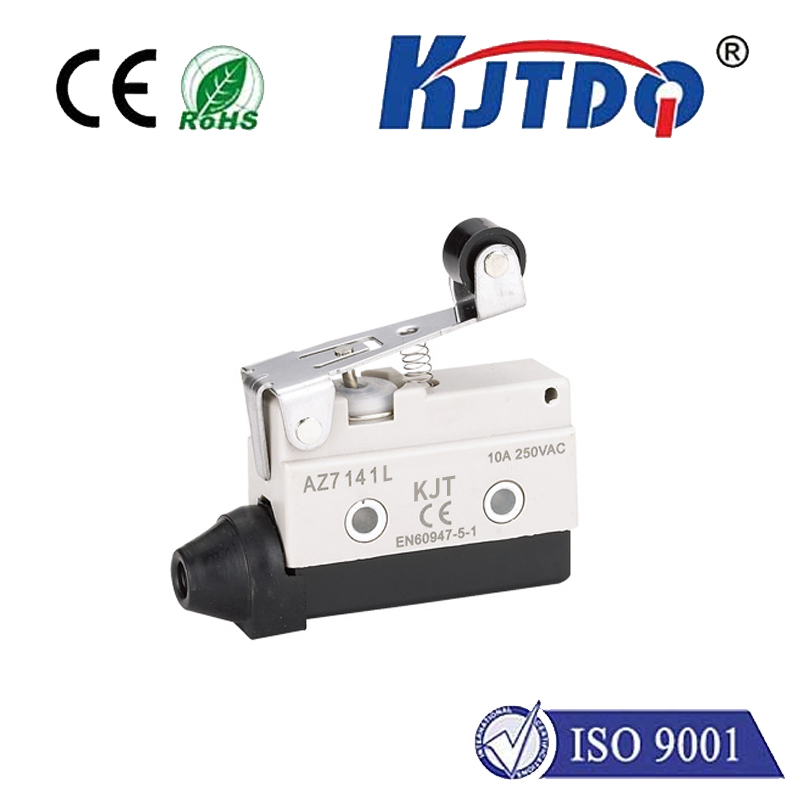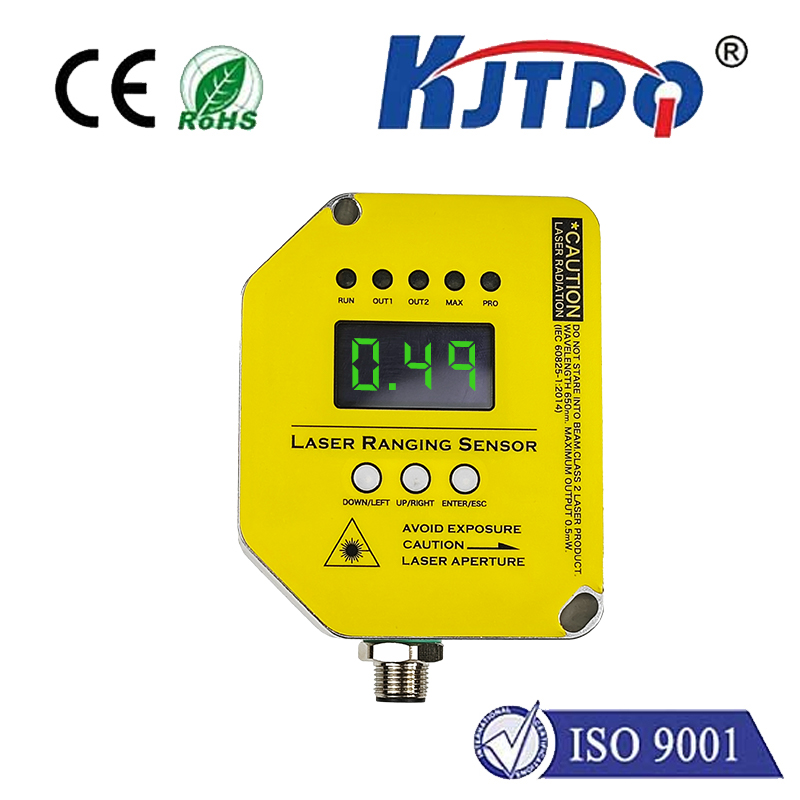E2K-X4MF1 2M proximity sensor
- time:2025-09-22 13:29:10
- Click:0
Unlocking Precision & Reliability: Your Guide to the E2K-X4MF1 2M Inductive Proximity Sensor
Imagine a critical assembly line grinding to a halt because a simple positional switch failed. Or countless resources wasted due to inaccurate object detection. In the demanding world of industrial automation, consistent, reliable sensing isn’t a luxury; it’s the bedrock of efficiency and productivity. This is where precision components like the E2K-X4MF1 2M inductive proximity sensor step in, offering robust, contactless detection for a multitude of applications.
Understanding the identifier “E2K-X4MF1 2M” is key to unlocking its purpose. “E2K” typically signifies Omron’s extensive E2K series of cylindrical inductive proximity sensors, renowned for their ruggedness and performance. “X” often denotes specific design features or variants within this series. Crucially, “4MF1” usually breaks down as: 4 indicating an M12 threaded barrel size, M signifying a shielded (flush-mountable) sensing face design, and F1 often specifying the DC 3-wire (NPN normally open) electronic configuration. Finally, “2M” explicitly defines the sensor comes equipped with a pre-attached, 2-meter long PVC-sheathed connecting cable. This specific combination makes the E2K-X4MF1 2M a versatile workhorse designed for durability and easy integration.
Inductive Proximity Sensors: Contactless Detection Excellence
Unlike mechanical switches prone to wear, inductive sensors like the E2K-X4MF1 operate on a core principle: they generate an electromagnetic field. When a metallic target (e.g., steel, aluminum, brass) enters this field, it induces eddy currents within the metal. The sensor detects the resulting change in the oscillation amplitude within its internal coil circuit, triggering a solid-state electronic output switch – all without any physical contact. This fundamental operation grants them several inherent advantages:

- Exceptional Longevity: No moving parts translates to virtually unlimited operational life, significantly reducing maintenance costs.
- High-Speed Switching: Capable of detecting targets at remarkably high speeds, ideal for fast-moving machinery or counting applications.
- Dirt and Contaminant Immunity: Sealed designs are inherently resistant to dust, oil, coolants, and other challenging industrial environments where mechanical contacts would falter.
- Reliable Repeatability: Provides consistent and precise detection point after point.
Why the E2K-X4MF1 2M Stands Out
This specific model brings together practical features tailored for real-world deployment:
- Optimized Sensing Distance: Its shielded (M) design allows it to be flush-mounted into metal, offering a consistent sensing distance despite surrounding metallic structures. Typical sensing ranges for M12 shielded inductive sensors are often around 2mm for steel targets, providing reliable detection in compact spaces.
- Robust Construction: Built to endure harsh conditions, it usually boasts an impressive IP67 rating (or higher, depending on the exact variant). This means it’s protected against dust ingress and can withstand temporary immersion in water, making it suitable for washdown areas or dirty workshops.
- DC 3-Wire NPN (NO) Output: The “F1” configuration indicates a DC 3-wire connection utilizing an NPN transistor output in a Normally Open (NO) state. In simple terms, when no target is present, the output signal wire is “off” (high impedance relative to negative/0V). When a target enters the sensing field, the output switches “on,” connecting the signal wire to the negative/0V line (sinking current). This is a very common interface standard compatible with most industrial PLCs and controllers.
- Precision Installation: The M12 threaded barrel enables simple and secure mounting using standard locknuts, ensuring precise positioning relative to the target path.
- Integrated Connectivity: The 2-meter cable is a significant practical advantage. It eliminates potential connection points or terminal blocks needed for sensors with flying leads, reducing installation time, potential wiring errors, and points of failure. The cable length provides flexibility for routing within control cabinets or machine frames.
Key Specifications to Consider (Illustrative Values - Refer to Datasheet!):
While exact specs depend on the manufacturer’s datasheet (always consult it!), the E2K-X4MF1 2M typically features:
- Operating Voltage: Commonly 10-30V DC - wide range compatibility with standard industrial control voltages.
- Output Configuration: DC 3-Wire, NPN, Normally Open (NO).
- Current Rating: Output typically handles ≤ 200mA, suitable for PLC inputs or small relays.
- Sensing Distance: Approximately 2mm for steel (SN). Factor in reduction factors for non-ferrous metals (e.g., ~1.4mm for brass, ~0.8mm for aluminum).
- Response Frequency: Often up to 1 kHz, enabling high-speed detection.
- Housing Material: Usually Nickel-plated brass or robust plastic.
- Environmental Protection: Typically IP67.
- Operating Temperature Range: Commonly -25°C to +70°C.
- Connection: 2-meter PVC cable, often color-coded (Brown = +V, Blue = 0V, Black = Output Signal).
Ideal Applications: Where the E2K-X4MF1 2M Excels
The combination of its shielded design, NPN output, robust build, and convenient cable makes this sensor invaluable across diverse sectors:
- Machine Tooling: Reliable detection of tool positions, workpiece presence on pallets or conveyors, chuck clamping confirmation.
- Packaging Machinery: Counting products, verifying case/tray presence, detecting filled levels (metallic containers), monitoring seal positions.
- Material Handling: Sensing pallets/rolls on conveyors, verifying bin/tote positioning, end-of-travel detection for actuators and cylinders.
- Automated Assembly: Ensuring component presence before assembly steps, verifying robot end-effector positions, detecting fixture clamping.
- Automotive Manufacturing: Part presence verification on lines, robot positioning checks, weld nut detection.
Ensuring Optimal Performance: Installation & Best Practices
- Mounting: Utilize the M12 thread with the appropriate locknut. Ensure the sensor is securely fastened and correctly aligned with the target path. For shielded sensors like the X4MF1, flush mounting in metal is acceptable and often recommended for consistent performance.
- Target Considerations: Verify the target material is detectable (metallic). Remember the effective sensing distance varies significantly with material type (steel provides max distance). The target size should generally be equal to or larger than the sensor face for reliable operation.
- Wiring: Correctly connect the 3-wire cable: Brown to DC positive (+V), Blue to DC negative (0V), Black (output) to the PLC input or load. Ensure polarity is observed.
- Environment: While rated IP67, avoid prolonged submersion or high-pressure jets unless specified for a higher rating. Protect cables from abrasion and excessive bending.
The **E2K-X4MF1 2












